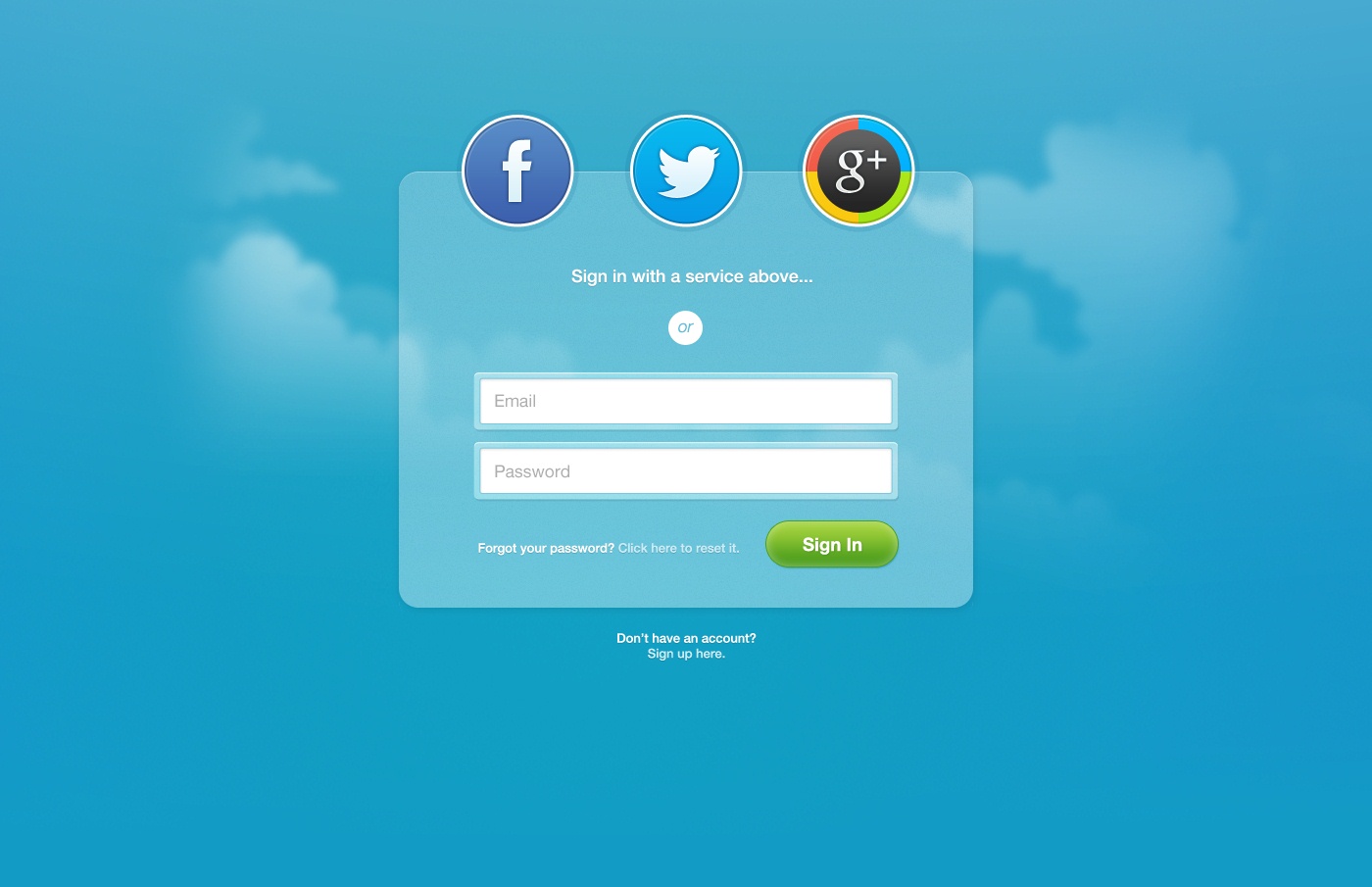 SEO, or search engine optimization, is a crucial component of any brand or business’s online presence. It helps improve visibility and accessibility, making it easier for potential customers to find your website. However, there is a fine line between prioritizing SEO and providing an excellent user experience. In this article, we will explore four SEO tips for enhancing the user experience and finding the right balance between SEO and other important elements of the customer journey.
SEO, or search engine optimization, is a crucial component of any brand or business’s online presence. It helps improve visibility and accessibility, making it easier for potential customers to find your website. However, there is a fine line between prioritizing SEO and providing an excellent user experience. In this article, we will explore four SEO tips for enhancing the user experience and finding the right balance between SEO and other important elements of the customer journey.
The first tip is to treat your visitors to a great user interface (UI). A shoddy user interface can lead to higher bounce rates and shorter session durations, negatively impacting SEO metrics. To address this, prioritize creating intuitive and user-friendly interfaces that captivate and retain visitors. This includes ensuring easy navigation through clear menu structures, informative service pages, and engaging multimedia elements such as images and videos. By aligning UI design principles with SEO best practices, you can create immersive digital environments that foster meaningful interactions and drive conversions.
The second tip is to establish good linking habits. Linking strategies play a crucial role in both SEO and user experience. Backlinking, which is the process of acquiring inbound links from external websites, can improve site accessibility, SEO rankings, and enhance the credibility and authority of your website. Internal and external links serve as pathways for users to navigate through relevant content and access valuable information. Strategic external linking to authoritative sites reinforces trust and legitimacy, enriching the user experience. Additionally, internal linking structures guide users through the website’s hierarchy, facilitating seamless navigation and encouraging deeper engagement with the content.
The third tip is to enhance accessibility for all users. Prioritizing accessibility improves both user experience and SEO performance. Ensure that all users, regardless of their abilities or disabilities, can navigate and engage with your website effectively. This includes using semantic HTML tags to structure content logically, providing descriptive alt text for images, choosing legible fonts and appropriate font sizes, ensuring sufficient color contrast between text and background, and regularly testing the website with assistive technologies to identify and address accessibility barriers. By enhancing accessibility, you provide a more inclusive and user-friendly experience, which can positively impact search engine rankings.
The fourth tip is to optimize page load times. Slow load times can lead to frustration and abandonment, diminishing engagement and deterring users from exploring further. Optimizing site performance through technical audits, code enhancements, and content optimization strategies improves website stability and enhances SEO rankings. By reducing page load times and streamlining the browsing experience, you can create frictionless interactions that captivate users and drive organic traffic.
In conclusion, SEO is important for improving visibility and accessibility, but it should not overshadow other crucial elements of the customer journey. By following these four SEO tips for enhancing the user experience, brands and businesses can find the right balance between SEO and other marketing efforts. Prioritizing user-centric design, accessibility, and seamless integration of SEO into overall digital marketing and content strategy will lead to an optimal customer journey, increased visibility in search results, and an engaging experience for customers.
